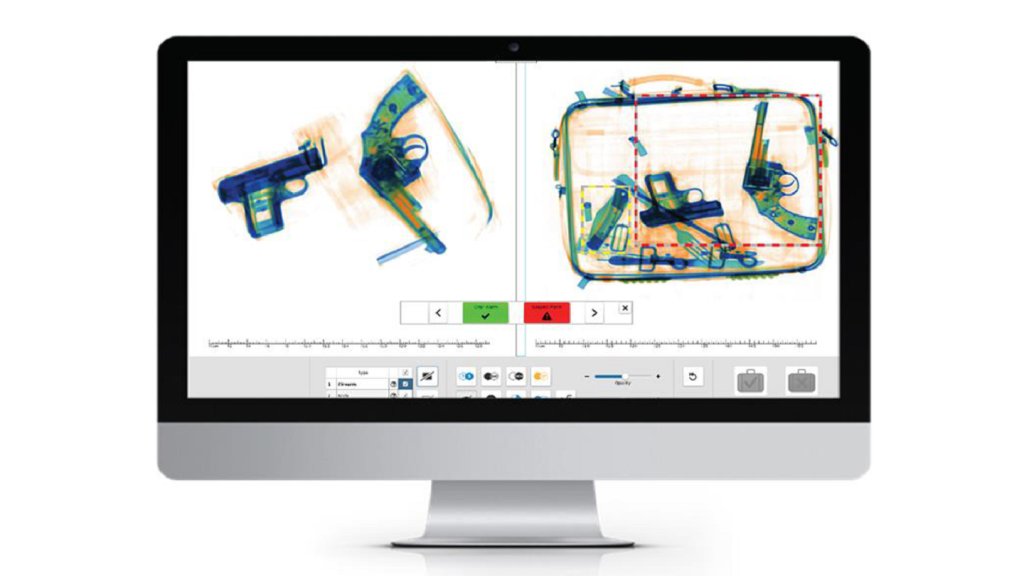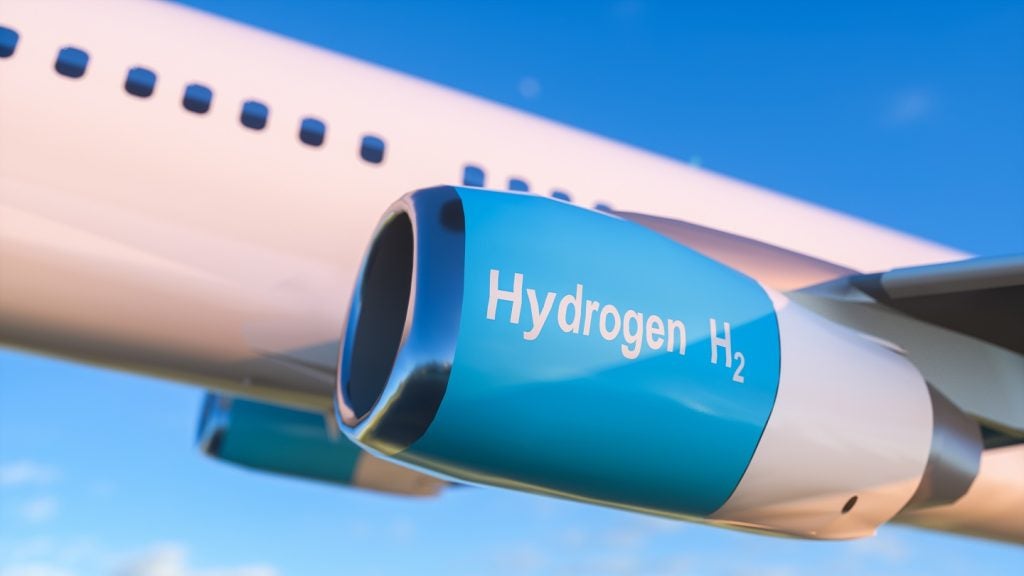The rise in global air travel is revolutionising airport travel and convenience. With focus increasingly being shifted to more humanisation of transit spaces that promote well-being, ergonomics, privacy, collaboration, and concentration, airport terminal equipment is taking on an ever more important role in the experiences of modern air travellers.
Airport terminal equipment and fittings aim to improve passenger experience and wellbeing by ensuring their smooth transition between ground transportation and facilities, as well as facilitating the boarding and embarking processes.
Airport terminal equipment includes:
- Seating
- Lounges
- Furniture
- Flooring
- Finishes
- Accessories
- Restrooms
- Lighting
- Sun protection, and
- Acoustics
Finding airport terminal equipment suppliers
Airport Technology has listed leading suppliers of airport terminal equipment, including ticketing kiosks, baggage handling solutions, IT support accessories for security check-ins and self-check-in areas, racking solutions, and passenger boarding bridges, based on its intel, insights and decades-long experience in the sector.
The list also includes suppliers of airport trolleys, raised storage areas, jacks, trays, benches, electric carts, van kits, and queue management solutions.
See Also:
Airport terminal seating
Seating at airport terminals needs to be customised to suit the needs of different travellers. Longevity and aesthetics are key to furnishing public spaces with long-lasting furniture. Architects believe that airport terminal seating should match the general quality of the interiors, which influences the choice of materials used for the seating.
Benches and high stools are the most used seating arrangements at airport terminal waiting areas, restaurants, bars, and food courts.
The selection of seating and other airport terminal equipment also depends on airport terminal interior design. One of the biggest challenges of making airport interiors comfortable and pleasant is the scale of construction, which thereby determines the lighting, materials and furniture to be used.
For full details (including contact details) on the leading companies within this space, download the free Buyer’s Guide below:
Frequently asked questions
-
What types of equipment are crucial for airport terminal efficiency?
Airport terminals rely on a variety of equipment, including baggage handling systems, self-service kiosks, conveyor belts, air conditioning units, and terminal seating. Each plays a role in maintaining smooth operations and improving passenger experience. For instance, baggage systems streamline luggage processing, while modern self-service kiosks reduce check-in wait times. Effective air conditioning systems create a comfortable environment, and ergonomic seating ensures passenger comfort during long waits, adding to operational efficiency and customer satisfaction.
-
How does advanced baggage handling technology impact airport operations?
Modern baggage handling systems use automated sorting, tracking, and routing technologies, ensuring that luggage is processed accurately and swiftly. This automation reduces the risk of human error, minimising lost or delayed luggage. RFID tags and scanners help track each bag throughout its journey, while high-capacity conveyor systems facilitate the quick transfer of luggage between planes. Overall, these systems increase operational efficiency, reduce waiting times for passengers, and enhance airport safety by ensuring compliance with security protocols.
-
What role do passenger boarding bridges play in passenger convenience?
Passenger boarding bridges, also known as jet bridges, provide a secure, enclosed connection between the terminal and aircraft. These bridges enhance passenger comfort by protecting travellers from weather elements and offering a seamless boarding and disembarking experience. They also improve efficiency by speeding up the boarding process, reducing aircraft turnaround time. Adjustable jet bridges can accommodate different aircraft sizes, making them a versatile and essential component of modern airport terminals.
-
Why is ergonomic seating essential in airport terminals?
Ergonomic seating plays a critical role in passenger satisfaction, especially during long layovers or delays. High-quality, durable seating ensures comfort, reducing fatigue for passengers. Many modern airports offer charging ports integrated into seats, providing added convenience for travellers who need to recharge their devices. Well-designed seating arrangements also allow for better space management, contributing to smoother passenger flow through waiting areas and lounges.
-
How do self-service kiosks improve passenger experiences in airports?
Self-service kiosks streamline the check-in process by allowing passengers to manage their own boarding passes, baggage tags, and even seat selections. This reduces queues at traditional check-in counters, providing more independence and convenience for travellers. These kiosks can also be equipped with language options, making it easier for international passengers to navigate the system. In addition, kiosks can serve as information points, offering details on flight status, directions, and airport services.






